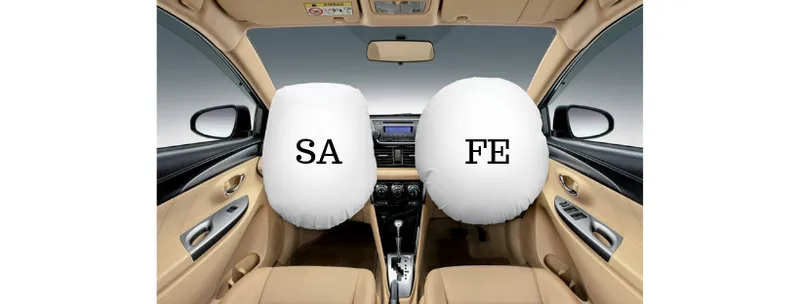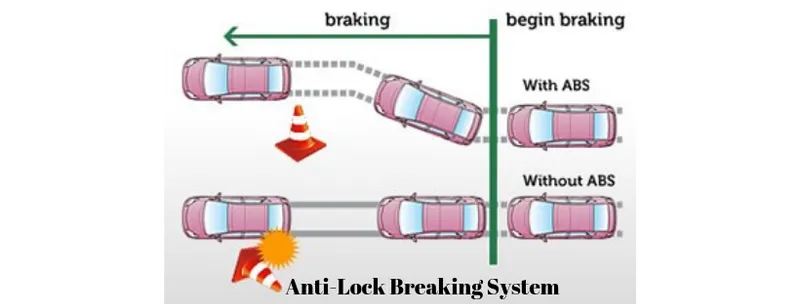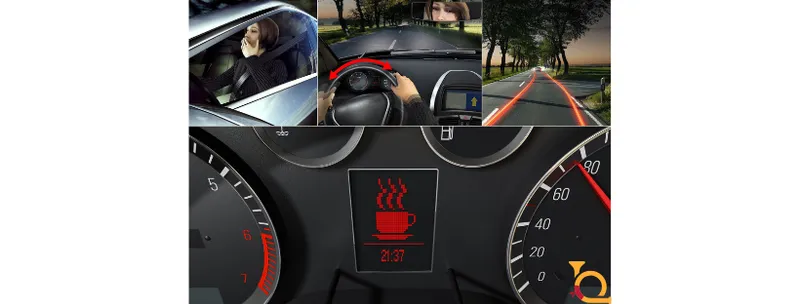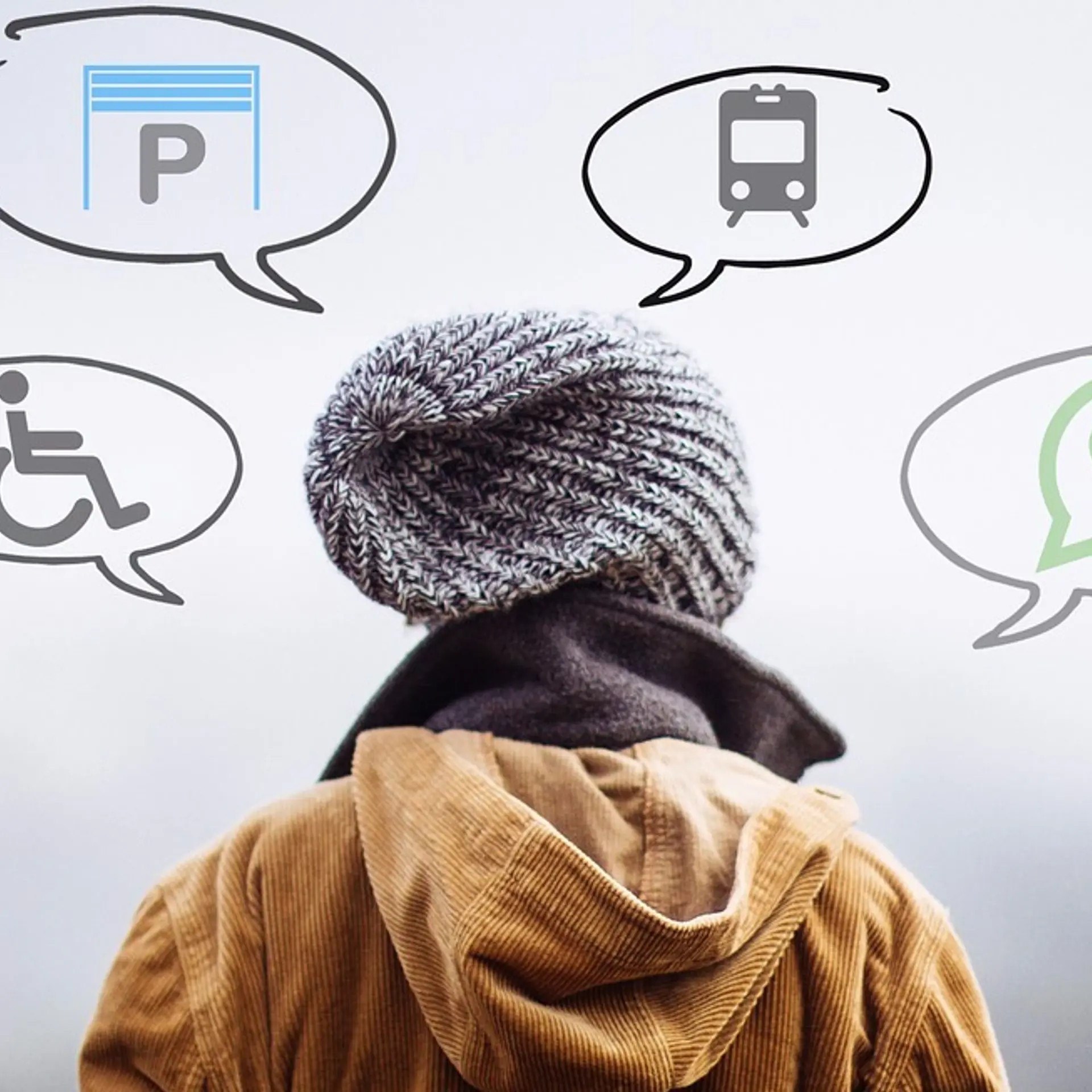

What Safety Measures To Take While Purchasing A New Car?
BEWARE! KEEP YOUR VEHICLE SAFE, DEPENDABLE AND ON THE ROAD LONGER.
The most crucial thing you can do to defend your life is to buckle your seatbelt. Safety belts protect lives on their own and several more advanced safety features. Such as, forward-collision warning and automatic emergency braking can support you to avoid mishaps.
Don't neglect safety features when distinguishing different models. Antilock brakes and electronic stability control, for example, are very acceptable. Although now standard on the latest cars, these highlights are well worth seeking out if you’re purchasing an older car.
Here's an outline of some essential safety gear for cars
Insurance First

There are several insurance benefits that may help the operator in the future. It is important that you as a car owner buy insurance that covers all your insurance demands and shields you from any future liabilities. Due to the rising demands for online purchase of insurance, most of the insurers now have online websites where you can purchase or renew a car insurance policy online. These websites have a specific tool to calculate your car insurance premium based on the data you provide for the defined parameters. This tool that they use is known for the Premium Calculator.
Car insurance policies provide a lot of different optional kinds of coverage which can determine to be important too. Additional coverages include Gap Insurance, Custom Equipment, OEM Endorsement, Rental Insurance, Minor Violation Forgiveness, Roadside Assistance, and Accident Forgiveness. However, they manage to cover a lower dollar amount claims, which leads them to be less relevant. You will be more likely to be capable of covering these expenses out of pocket rather than purchasing the coverage.
Each car insurance coverage has its position on particular policies. It depends on the operator and what their expectations are for their policy. It is fine to lower down your insurance cost by reducing coverage, but be prepared for the additional charges when any mishap happens.
Airbags

Front airbags have been approved on all the latest cars for 1998 and light trucks for 1999. Most vehicles had them even before this period. Bang sensors attached to an onboard computer detect a frontal impact and trigger the bags. The bags expand in a few milliseconds—the blink of an eye—then instantly start deflating.
While airbags have saved thousands of lives, they also have the potential to cause harm or even loss to children or to occupants who aren’t applying a seatbelt. Children under 12 should be seated in the back in a relevant restraint system and rear-facing child seats should never be placed in front seats provided with airbags.
Adaptive, or dual-stage front airbags, launched in 2003, became standard over the board by the 2007 model year. Most airbag systems now identify the presence, weight, and seat position for the driver and front passenger, and deactivate or de-power front airbags as suitable to reduce the chance of injury to drivers positioned nearby to the wheel, out-of-position occupants or children.
Tires

Amongst the factors is the property of the tire, whether it is a performance summer tire or an all-season tire, the type of car it is installed on, the treadwear grade — that is, the expected length of tread life — and how the car is driven. Performance rubber may grip like tapeworms on a dry road, but it manages to wrap out faster than tires with less rolling resistance. If you chase your vehicle like you just stole it, that also will wear the tread faster.
It’s also necessary to turn the tires on the vehicle every 5-7,000 miles. Today’s front-wheel-drive vehicles cause the steer tires to wear at a much quicker rate than the tires on the rear axle. By systematically rotating the front tires to the back and the back tires to the front. Operators can achieve even treadwear on all four tires and improve the mileage and performance. Neglecting to rotate the tires often issues to the front tires wearing out faster while the rear tires develop uneven treadwear patterns that create vibrations. The same can be stated for alignments. When the vehicle is not accurately aligned, the tires will affect out faster which results in rising operating costs.
ABS (Anti-Breaking System)

ABS blocks the wheels from locking up, thus avoiding uncontrolled skidding of the vehicle and minimizes the distance covered without sliding.
Driving on expressways can be amusing and thrill-inducing, as many of you surely know. One gets to release a car’s full potential. The city roads keep us restricted, but as soon as you catch the highway, there’s no looking back. You’ll rarely see a car going under 100 km/hr.
The condition gets especially tricky during monsoons, as traveling in a car at such high speeds is a perfect recipe for failure if the roads are slippery. Even so, it does occur, so what do you do in a condition on a slippery road when you have to quickly apply the brakes of your car? Without an anti-lock brake system, the wheels of your car pause spinning and the car will occur to skid. You’ll ultimately lose control over the car and the results can be dangerous.
Anti-lock braking systems (ABS) take a lot of the hurdle out of this sometimes nerve-wracking situation. In fact, on slippery surfaces, even trained drivers can’t stop as promptly without ABS as an ordinary driver can with ABS.
Preventative technologies for driver drowsiness

To prevent or account for drowsiness while driving, many companies have studied technologies to either identify drowsiness and shield the driver or keep the driver alert. One technology that aims to keep drivers alert is blue light. Blue light strains the eyes, making it hard to fall asleep while driving, and it may include in all interior lights. Like touchscreens, clocks, and lights illuminating the speedometer and gas meter. Another preventative technology, designed to identify drowsiness, works by using data from lane departure sensors to recognize jerky movements or moving in and out of lanes. Once received, a coffee symbol on the dashboard will lighten or verbal response will sound to warn the driver that they should take a pause.
The driver's seat can also vibrate to alarm them in the hopes that they become more alert. Both of these technologies are not yet perfect and are usually weak in identifying drowsiness. Other technologies are also being formed, including the flashing of bright lights containing blue light to keep drivers conscious. Along with steering technology that can correct for driver error while moving due to drowsiness. Another technology seeks to stop accidents from occurring by examining driver behavior. Companies such as SafeMode operate by examining driver behavior for "safety events", such as hard accelerations or breaking. If a driver lowers the number of times they record a safety event month after month, they earn incentives, eventually making the road safer for all drivers.
This article concludes that the arrival of the latest technology helps a lot in preventing road accidents. Several measures are taken to overcome the mishaps that occur while driving. This upcoming technology even detects the behavior of a driver with the help of sensors and reduces the chances of accidents.
This article is written by Pranshu Garg, who is a content writer at FinBucket, India's one of the leading portal FinBucket. They offer and deliver loan services at a reasonable cost like personal loan business loans and many more.




![Top 10 Cheap Indian Press Release Distribution Services [Updated]](https://images.yourstory.com/cs/1/b3c72b9bab5e11e88691f70342131e20/LOGO-DESIGN-PR-INDIA-WIRE-03-1595693999405.png?mode=crop&crop=faces&ar=1%3A1&format=auto&w=1920&q=75)

